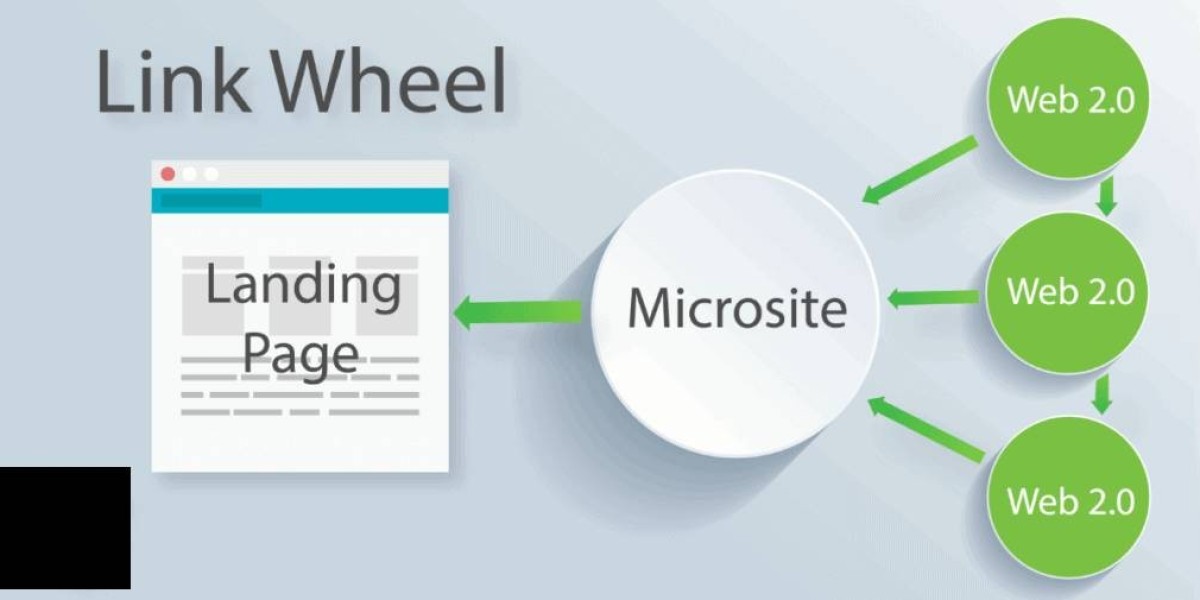In today’s hyper-competitive digital world, web design is no longer just about visual appeal or even functionality. It’s about understanding your users—what they want, what they struggle with, and how they feel. That’s where empathy-driven design comes in.
Empathy in web design is more than a buzzword. It’s a mindset that puts users—not just personas—at the center of every decision. It acknowledges that people arrive at websites with different needs, emotions, goals, and contexts. And it asks a crucial question: “What does this experience feel like for them?”
Let’s explore what empathy-driven design means, why it matters, and how you can apply it to create web experiences that connect on a deeper level and perform better across the board.
What Is Empathy-Driven Design?
Empathy-driven design is an approach that prioritizes a deep understanding of your users—beyond demographics or clicks. It involves stepping into their shoes, seeing the world from their perspective, and crafting experiences that anticipate their feelings, frustrations, and intentions.
This is not just about solving problems—it's about solving the right problems in ways that resonate emotionally and intuitively.
It combines the principles of user-centered design, human-computer interaction, and emotional intelligence to deliver experiences that are not just usable—but meaningful.
Why Empathy Matters in Web Design
Design without empathy tends to focus on what the business wants to say or showcase. Empathetic design shifts the focus to what the user needs to hear, see, and do.
1. It Builds Trust
When users feel understood, they’re more likely to trust your brand. Empathy-driven content, design, and messaging acknowledge their pain points, address their concerns, and guide them with clarity. That trust becomes the foundation for action—whether that’s making a purchase, signing up, or reaching out.
2. It Enhances Usability
A designer thinking empathetically will anticipate confusion, hesitation, or cognitive overload—and design accordingly. The result? Interfaces that are clearer, smoother, and more intuitive to navigate.
3. It Increases Retention and Engagement
People remember how websites make them feel. If your experience is helpful, supportive, and human, they’re more likely to come back. Empathy creates emotional loyalty that outlasts aesthetics or even features.
4. It Improves Accessibility
Empathetic design naturally leads to more inclusive experiences. If you’re truly thinking about users with different abilities, backgrounds, devices, and bandwidths, you make design choices that serve everyone better.
Key Principles of Empathy-Driven Web Design
1. Start with Human Insight, Not Just Analytics
Data tells you what users do. Empathy tells you why.
While metrics like bounce rate, time on page, or conversion funnels are important, they must be paired with real user stories. Conduct interviews, gather qualitative feedback, run usability sessions. Listen more than you assume.
Ask questions like:
What problem are users trying to solve?
What emotions do they bring with them?
What’s making them hesitate?
How does this process make them feel?
These insights will inform not just layout and structure, but tone, language, and flow.
2. Design with Context in Mind
Empathy requires you to consider the user's environment. Are they browsing on mobile during their commute? Multitasking at work? Frustrated after a poor customer service call?
Design for real-life contexts, not idealized ones. For example:
Keep forms short and mobile-friendly
Avoid aggressive pop-ups or autoplay elements
Offer smart defaults and helpful copy in times of stress
A great design anticipates how people feel in the moment—not how they should feel.
3. Use Language That Connects, Not Confuses
Copywriting is a core component of empathy-driven design. Clear, conversational language makes users feel welcome and supported. Technical jargon, corporate buzzwords, or vague CTAs do the opposite.
Compare:
“Access our cloud-based modular ecosystem.”
vs.
“Get started with tools that scale as you grow.”
The second version sounds like it’s written for a person—not at them.
Also consider tone:
In onboarding flows, be encouraging
In error messages, be calm and constructive
In empty states, be helpful—not judgmental
Microcopy has macro impact when it’s written with empathy.
4. Remove Friction with Emotional Design
Empathy isn’t just about what’s on the page—it’s about how it feels to move through your site. Emotional design considers how each interaction supports or frustrates the user journey.
Ways to reduce friction:
Use progress bars in long forms to ease anxiety
Show loading states that explain what’s happening
Provide contextual help (tooltips, FAQs, examples) right where users need it
Don’t wait for frustration to occur—design to prevent it.
5. Design for Inclusivity and Accessibility
Empathy demands that you think beyond the average user. Inclusive design recognizes that people use the web with different abilities, perspectives, and limitations.
That means:
Ensuring keyboard and screen reader compatibility
Using sufficient color contrast
Avoiding motion that can cause sensory discomfort
Providing captions and transcripts for media
An accessible website isn’t just ethical—it’s better for all users. Empathy leads naturally to inclusive excellence.
6. Validate, Iterate, Repeat
Empathy is not a one-time strategy—it’s a continuous practice. Once a design is live, observe how people respond to it. Gather feedback. Run usability tests. Watch how users navigate, where they pause, where they drop off.
Use that feedback not as criticism, but as insight. Adjust tone, visuals, or flow based on what you learn. Iterate with the mindset: How can we make this feel better for the user?
Real-World Examples of Empathy in Action
Airbnb
Airbnb’s interface doesn’t just show listings—it helps people feel at home anywhere. From personalized suggestions to gentle guidance through booking flows, the design considers both excitement and anxiety. Messaging reassures users about safety, hosts, and cancellation policies—anticipating real emotional barriers to action.
Headspace
Meditation app Headspace uses warm illustrations, calming language, and encouraging microcopy. Even their error messages are mindful. It’s a masterclass in emotional design that meets users where they are—often stressed or overwhelmed.
Slack
Slack’s onboarding is friendly, humorous, and crystal clear. It uses tone and flow to reduce the intimidation factor of a new workspace tool. It feels like a teammate, not just software—and that’s empathy in action.
Conclusion
Empathy-driven design isn’t soft—it’s smart. It’s not about guessing what users want. It’s about understanding them deeply enough to remove friction, build trust, and create experiences that feel like they were made just for them.
As users grow more discerning and experiences grow more complex, empathy is the secret to standing out—not through louder design, but through better connection.
So next time you wireframe a layout, write a call to action, or plan a feature—ask: How does this make the user feel?
Because in a digital world that often feels cold, empathy is what makes your design human. Click here.








